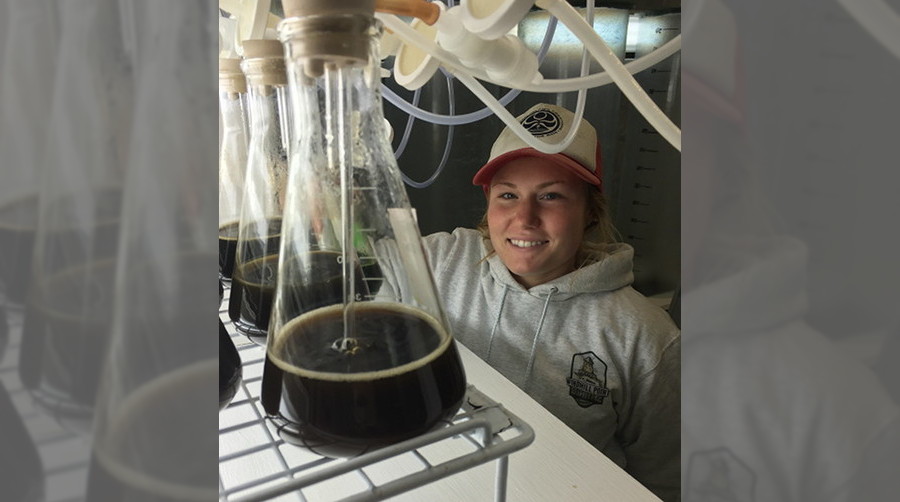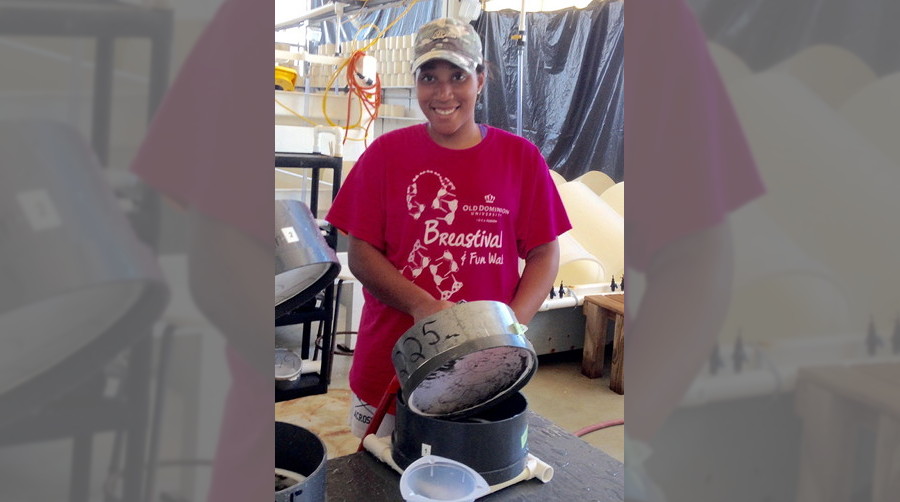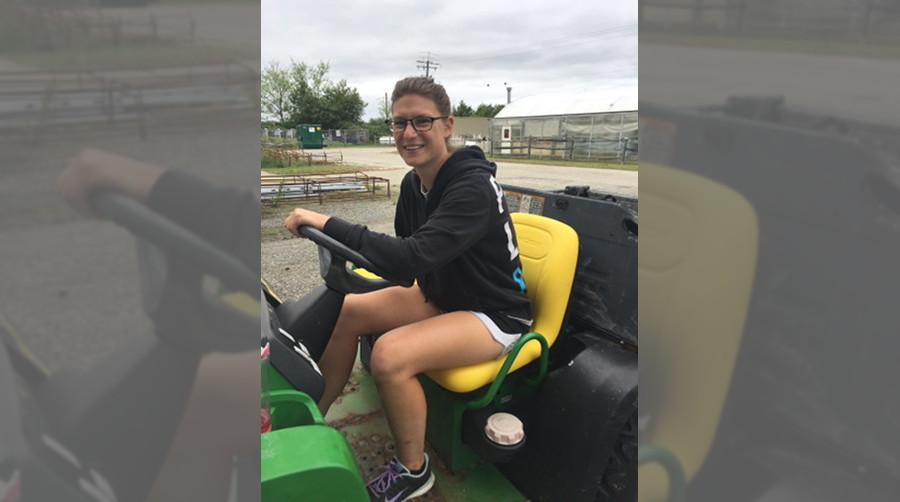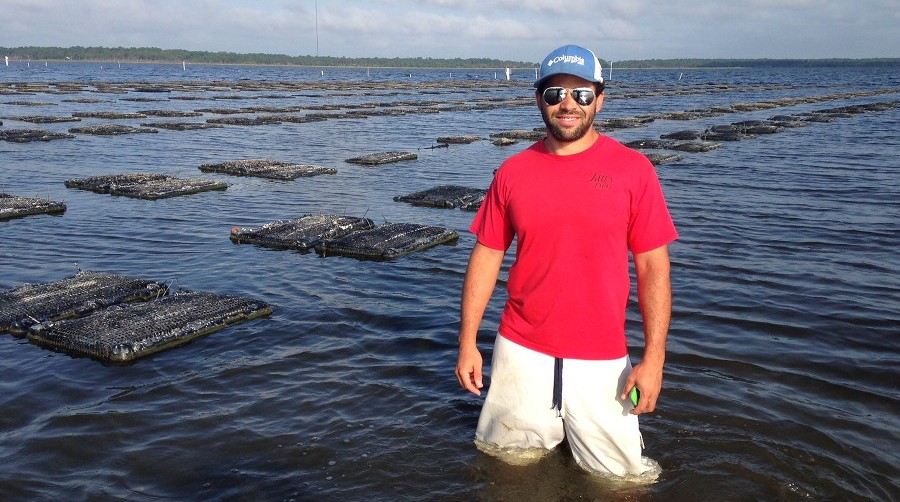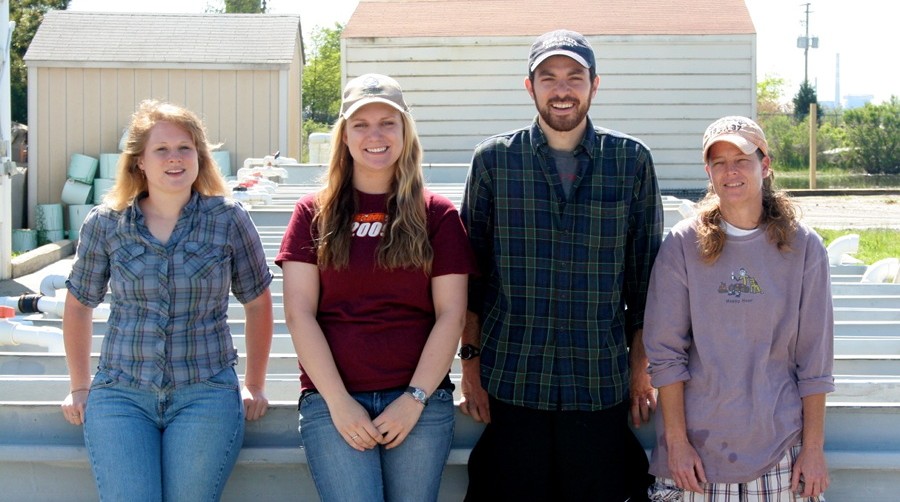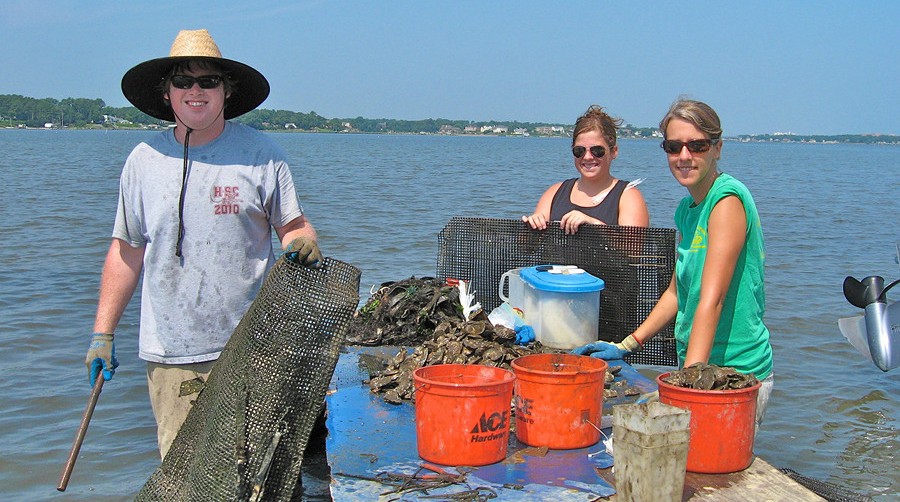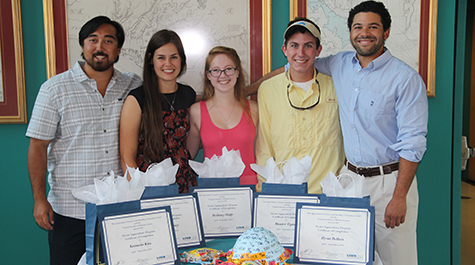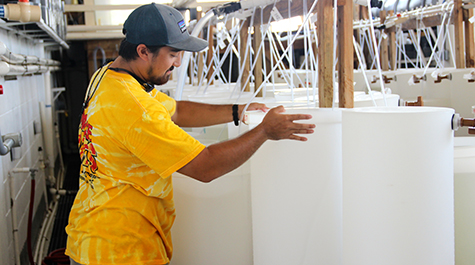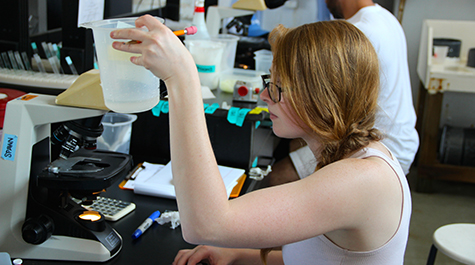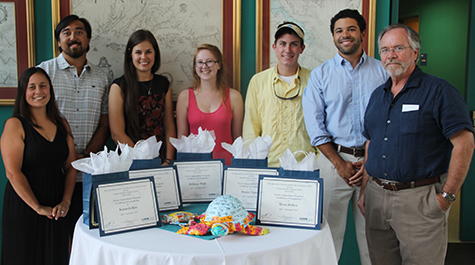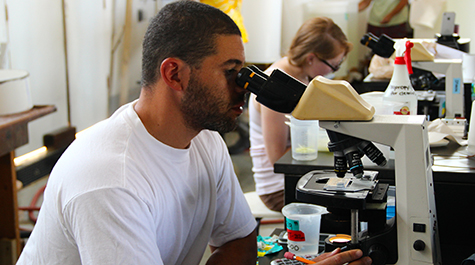Oyster Aquaculture Training
Oyster aquaculture, both in Chesapeake Bay and globally, is undergoing extraordinary growth with a parallel demand for trained technical and support staff. ABC offers training opportunities in oyster aquaculture during the hatchery and nursery seasons. These opportunities are of two types: full-term (season long) and short-term (variable, generally 1-4 weeks).
Oyster Aquaculture Training program (full-term)The Oyster Aquaculture Training (OAT) offers prospective shellfish aquaculturists an opportunity to learn about all aspects of oyster culture, from hatchery to field operations—essentially, it is oyster culture “boot camp.” Many of these trainees have ended up in local businesses, and some have gone far afield. Consideration is afforded all applicants who demonstrate a desire and aptitude for oyster aquaculture. The program draws from a national pool. The intention is to provide skilled people to the industry, with a priority to Virginia businesses. Companies may contact ABC if they anticipate a need for new employees and could benefit from obtaining a trained individual from the program. For details, download our OAT program description or OAT brochure |

